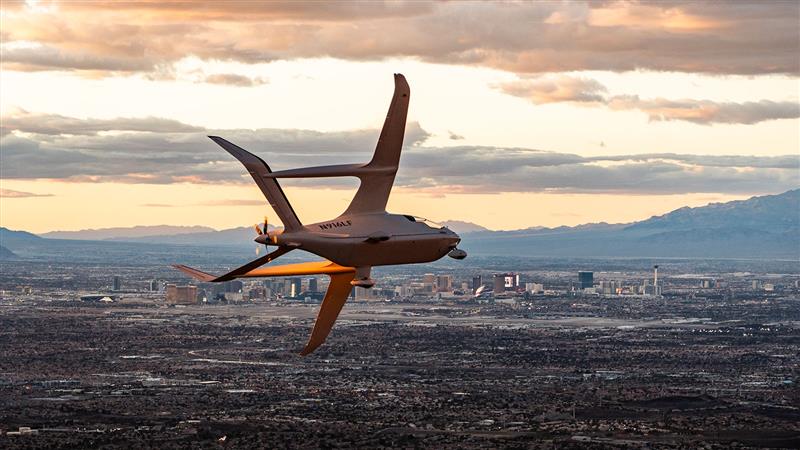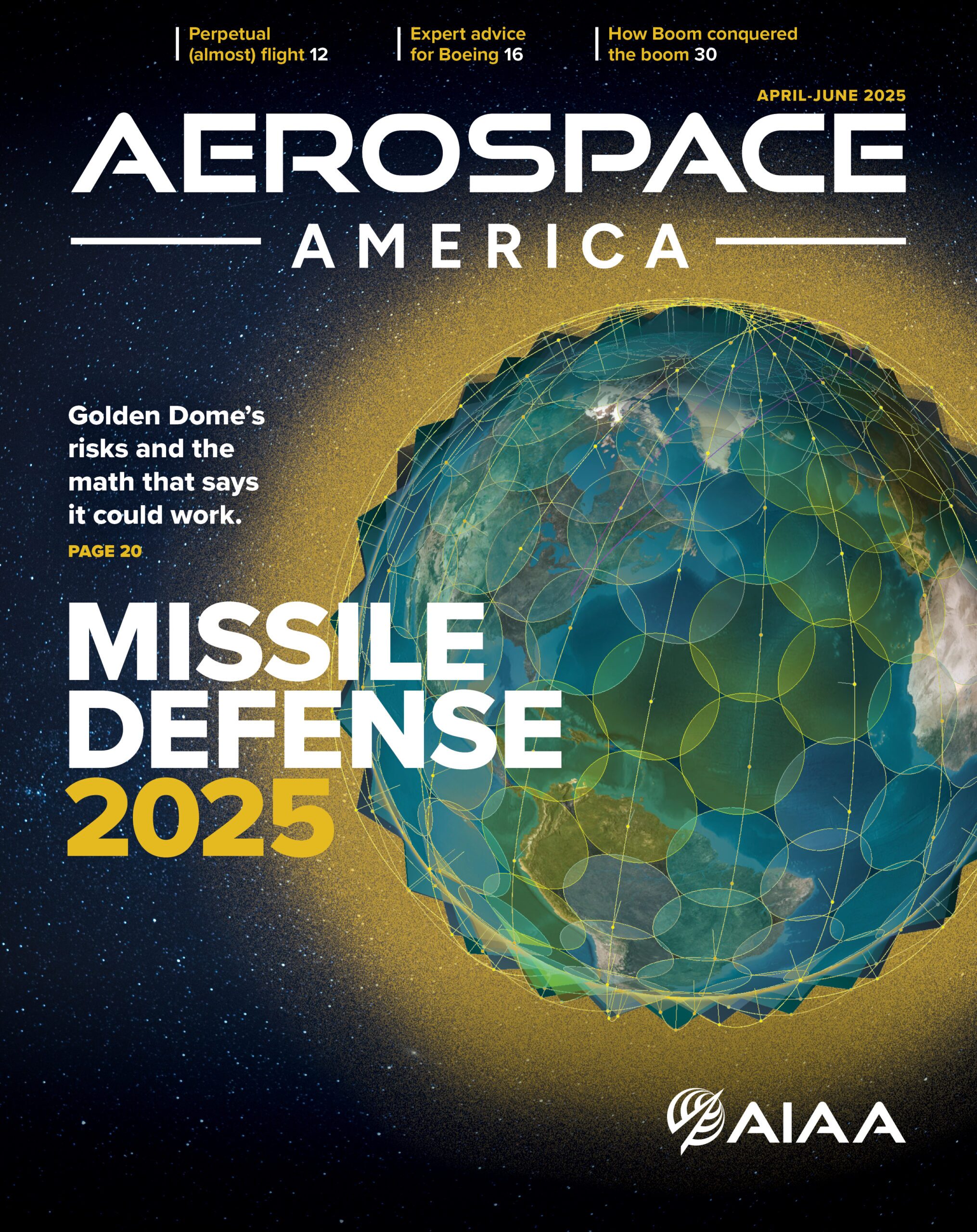As advanced air mobility (AAM) technologies emerge from testbeds and prototypes into the real world, transportation leaders and communities across the United States face a new challenge: integration. Questions concerning technological feasibility have evolved to the exploration of integration models for AAM aircraft into the elaborate network of roads, rails, and runways that comprise our transportation system today.
That challenge—along with the opportunities it brings—was highlighted by AIAA and the Intelligent Transportation Society of America (ITS America) at their webinar on 24 June. A panel of experts from federal agencies, state transportation departments, and major research institutions discussed how AAM systems could help connect the various modes of transportation currently serving the country.
The discussion was moderated by Vishwanath Bulusu, senior aerospace scientist at Crown Innovations, Inc., and steering committee member of AIAA’s AAM Multimodal Working Group. He began by noting that aviation has long operated in isolation from other modes of transportation. There is an opportunity for organizations like AIAA and ITS America and their members to consider how AAM can provide more integrated solutions that connect with the other modes.
Building on Bulusu’s remarks, the first speaker, Husni Idris, chair of AIAA’s AAM Multimodal Working Group, and research aerospace engineer at NASA Ames Research Center, began by giving a short overview of the AIAA AAM Task Force and its offspring, the AAM Multimodal Working Group. He emphasized the working group’s vision of “moving from a gate-to-gate towards a door-to-door passenger orientation, ensuring the ultimate goal of safer and more efficient people and package mobility is achieved. With AAM, there is an opportunity to shift the paradigm towards a holistic total mobility perspective.” Idris then pointed to the pivotal role of data infrastructure for greater integration across transportation networks. Idris argued that real progress will require not just technical harmonization or new vehicles, but a connective “data fabric” that enables passenger journeys to flow across disparate modes.
Idris also cited examples where AAM might help bridge transportation gaps in underserved communities, but he warned that growth should remain careful and attuned to their needs. “When we introduce AAM into the ecosystem … it must provide equitable access, solve the problem of underutilized infrastructure like rail and airports, and balance use of the transportation system.”
Idris also highlighted research needs, including models and metrics that assess the total end-to-end impact of AAM, seamless and secure transition of passengers, interoperability among heterogenous multi-modal operators, leveraging connectivity and autonomy across multiple modes, and safe integration into general aviation near small airports.
On the policy front, Trey Tillander, executive director of Transportation Technology at the Florida Department of Transportation, detailed Florida’s proactive measures regarding AAM. In development since 2021, the state has produced an operational roadmap, convened a working group, and executed early demonstration flights.
With the signing of recent legislation, Florida has codified AAM as an official mode of transportation and initiated a phased plan for its integration. The plan includes:
- Establishing legal recognition
- Building the first aerial highway network
- Accelerating operational deployment
- Initiating statewide commercial flights
Tillander further emphasized Florida’s dual commitment to technical readiness and broad-based engagement. The state has invested in outreach to municipalities—supplying guidance for vertiport activities, including zoning and siting, as well as adapting infrastructure—while ramping up workforce development through new curricula at universities and trade schools.
“We want it to be safe. We want to be efficient, but at the same time, we want to get to the end faster than any other transportation provider in the entire world,” Tillander added.
From an operational perspective, Tombo Jones, director of the Virginia Tech Mid-Atlantic Aviation Partnership, an FAA designated unmanned aircraft system (UAS) test site, described the Partnership’s relationship with the Virginia Department of Aviation. They are developing new instrument flight procedures tailored to electric and vertical-lift aircraft.
Jones noted that by working within the current regulatory framework, Virginia hopes to provide a model that can be adopted by other states looking to bring AAM operations online without waiting for sweeping national policy changes.
In response to questions about interest and feasibility of expanded multimodal planning for AAM, panelists cited new opportunities for emergency response and freight services, as well as new multi-state collaborations aimed at regulatory alignment, such as the AAM Multistate Collaborative.
“The key is to not have the technology roll out ahead of engaging the stakeholders and getting their involvement, because oftentimes, they’re asking logical questions that can … really pave the way for a successful technology roll out,” said Jones.
The panel concluded with a clear consensus: Integrating AAM into the nation’s transportation network will depend on continued investment, coordination, and meaningful engagement with local communities acknowledging both urban and rural needs. Public buy-in will be essential for long-term success. Achieving a multimodal vision for AAM integration will require sustained collaboration across sectors and a willingness to adapt as new technologies and needs emerge.




